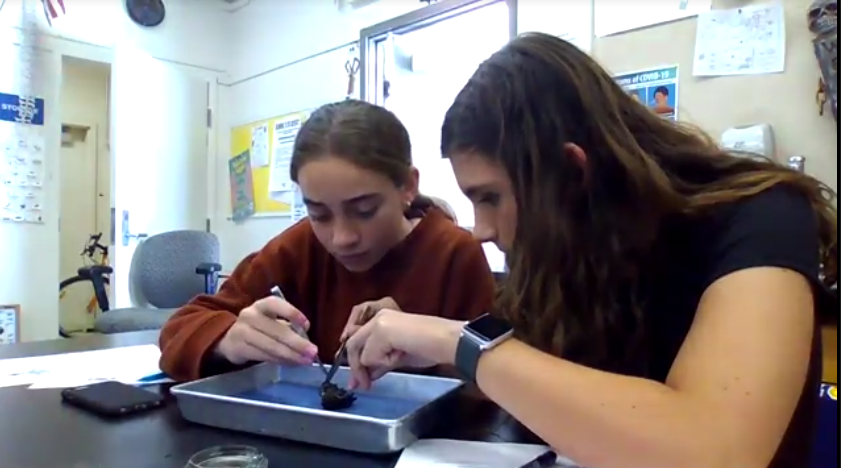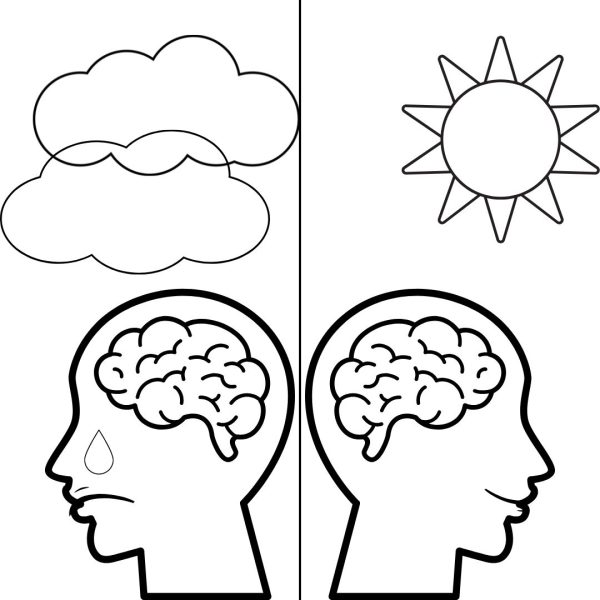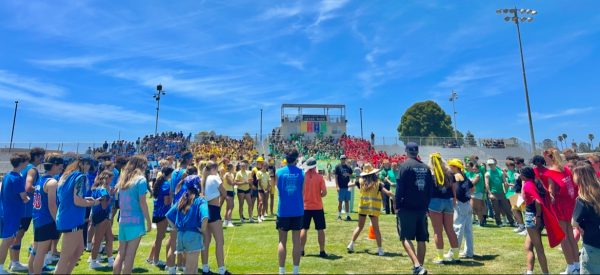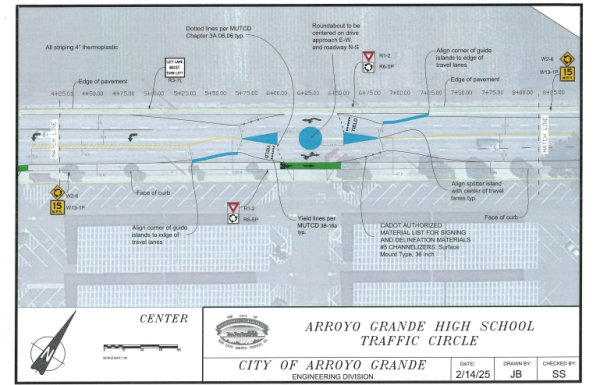Inside a dissection
Students in biology class dissecting owl pellets
Dissecting animals in biology class may not be everybody’s favorite assignment, and many people may think ‘what’s the point of doing this?’ but in reality, there is more to it than students think.
Dissecting animals contributes a lot to biology as scientists use this method to understand the anatomy of animals and compare them to humans and find out more about the animal itself. But how does it help teenagers? How can it benefit us?
AP Biology and Biology teacher Clifford Traylor’s students do frog and owl pellet dissections in his classes every year.
“To know the anatomy and compare it with your own body and to learn to respect animals…sometimes people don’t realize that the animals are the same as you are,” Traylor said.
Addy Creath (‘25) participated in an owl pellet dissection during her 4th-period biology class.
“You get a better view of what’s inside… it was kind of gross but the final product was cool,” Creath said.
Lots of students have the same reaction.
“90 to 95 percent of the students like it… only a few don’t,” Traylor said.
Emma Dodson (‘25) participated in a frog dissection after school, along with a few other students.
“Mr. Traylor presented me with the opportunity and asked if I wanted to help,” Dodson said. “I think it helps us a lot. It helps us understand how different body structures function because everything’s body structures are different and we’re finding out that they’re not like one organ or something and there are other organs so it’s definitely very helpful for learning.”
Even though there are people who view dissecting animals as important, there are some disagreements with this practice as it consists of killing animals. However, animal waste is used for dissections, such as owl pellets. Nevertheless, certain animals, such as pigs, are raised specifically for dissections. An investigation found that around six million animals are used for dissections yearly in high schools across the country. The animals have to be bought for the dissections as well and then shipped to the school.
“[The price] varies from $1 to $20 an animal,” Traylor said.
Many in favor of animal dissections concede personal moral disagreements with animal dissections.“If there could be a better way so you don’t have to dissect. I would be in favor of that,” Traylor said.

A study done in 2019 showed that there are alternatives to dissecting animals. The use of 3D anatomy models, videos of previous dissections, and computer programs are potential solutions to this controversy. And students are in favor of it.
“[in place of dissections] a direct model of an animal for example a fake frog that has the organs and everything in the same place as a normal frog [can be used],” Josiah Lozano (‘25) said.
Overall, dissections still can be beneficial to us as they help us learn about animals and their anatomies so that we can take care of them and their environments, but there are more ways to learn about animals than just dissecting them.

Adilia Leiva is a senior and in her third year at the Eagle Times. She lives a pretty simple life, except for the fact that she has 5 siblings, and her...










